Roller Skiing: Experience Cross Country Without the Need for Snow
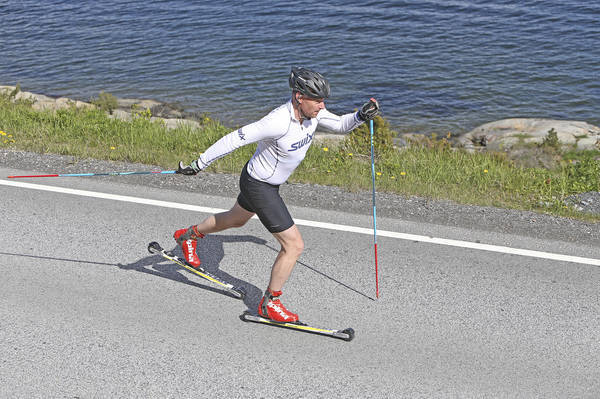
Do you want to discover more about roller skiing, the adaptation of cross country skiing for wheels? Understand the mechanics of the sport, the techniques you'll employ, and why it provides a comprehensive full-body workout. We’ll also share practical advice on how to train efficiently and maintain safety while roller skiing.
As an age-old adage goes: "Summer is when good skiers are forged" – and it rings true. To be fit for winter cross-country skiing, engaging in physical activity during spring, summer, and autumn is essential.
Overview
Overview
Defining Roller Skiing
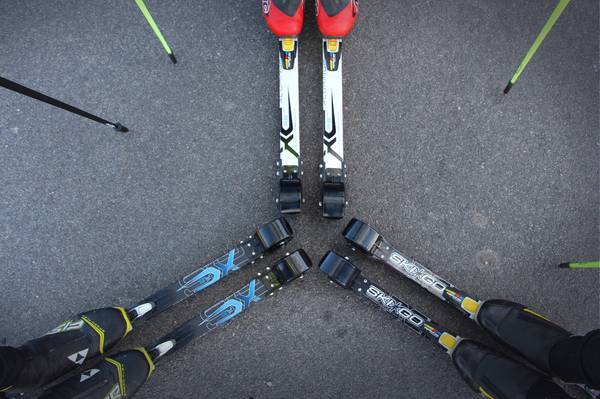
Roller skiing serves as a summer substitute for cross-country skiing but relies on wheels rather than snow. Athletes simulate skiing by employing roller skis, poles, and skiing techniques. This sport enables year-round training, keeping you in peak condition even outside the snowy season. Often likened to cross-country skiing sans the snow, the motions and muscle engagements are remarkably parallel.
Roller Skiing: The Optimal Off-Season Cross Country Training
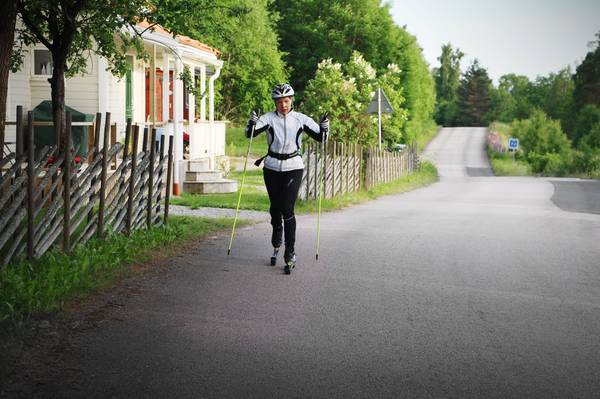
Roller skiing's greatest benefit is its capacity to allow continuous cross-country training throughout the year. When lacking snow, roller skiing is invaluable for sustaining cross-country conditioning during the off-season. It simulates the techniques, movements, and intensity similar to snow skiing, engaging identical muscle groups and cardiovascular systems.
For both casual skiers and competitive racers, roller skiing guarantees that skills, fitness, and coordination remain honed during the warmer months. It's the most effective strategy to maintain your cross-country training seamlessly all year long.
How Challenging Is Roller Skiing?
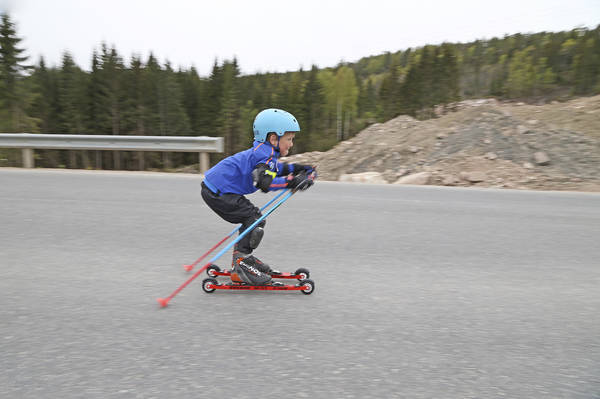
At first, roller skiing presents a moderate challenge. The techniques closely resemble those of cross-country skiing, so prior skiing experience is beneficial, though not mandatory. Most novices require a few sessions to become adept with balance, timing, and coordination. The learning curve varies with one's fitness level and prior experience in activities such as running, skating, or skiing.
Anticipate an adjustment period to gain confidence and control. Initiating practice on flat, smooth surfaces can significantly aid in this process. Consistent effort typically leads to the mastery of technique and control within a few weeks.
What Makes Roller Skiing a Highly Effective Workout?
Roller skiing ranks as one of the most complete workouts available. The entire body – arms, core, back, and legs – is engaged simultaneously. Consequently, it burns more kilojoules per hour compared to many other endurance sports. The exercise isn't merely about moving forward; it's a synergy of pushing, gliding, and stabilising that engages the entire body rhythmically.
Beyond the physical benefits, roller skiing also enhances mental focus and coordination. It constantly tests your equilibrium, timing, and technique with each change in terrain. Additionally, being low-impact, it's less strenuous on joints compared to running.
Does Roller Skiing Contribute to Building Muscle?
Roller skiing fortifies the legs, glutes, and hips through repeated push-offs and gliding actions. The arms, shoulders, and back are similarly engaged during poling. Over time, this consistent activity leads to noticeable muscle definition and improved muscle endurance.
While it won’t increase muscle size like weightlifting, it aids in developing lean muscle mass, particularly in the core and lower body. Incorporating resistance exercises into your roller skiing routine can further enhance this effect.
Advice for Roller Skiing Beginners
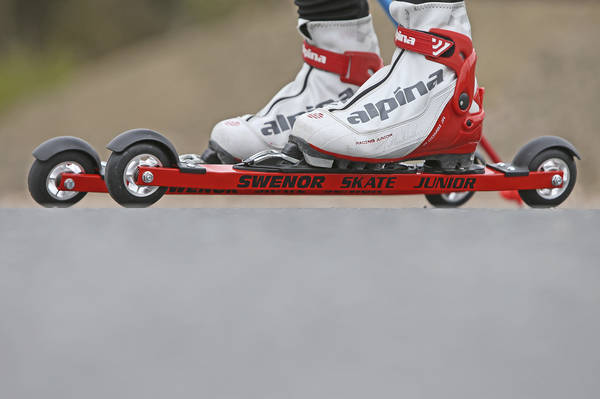
If you are new to the sport, these are a few fundamental suggestions to ensure safety and accelerate progress:
- Adorn protective gear: A helmet, gloves, and knee pads are vital
- Begin on smooth, level roads or bike paths with minimal traffic
- Prioritise balance and gliding before increasing speed
- Utilise poles for stability, not just propulsion
- Engage in short, focused sessions to enhance coordination
- Never overlook warm-up and cooldown routines
Techniques for Braking on Roller Skis
Learning to brake is crucial early in roller skiing. Since roller skis lack built-in brakes, safe stopping necessitates practice. Practise braking skills on a level and smooth surface without traffic before embarking on serious sessions.
These are common methods to decelerate or halt on roller skis:
Snowplough Braking (Classic Technique)
Position the heels outward to form a "V" shape, allowing the inner wheel edges to generate friction, which gradually decelerates on easy slopes.
Dragging a Pole
Press one pole gently against the ground behind as your arm remains relaxed. This creates drag, effectively slowing your pace.
Dragging a Ski
Comparable to stopping with inline skates, one ski can be pulled back, set perpendicular to the other. Although challenging – especially with longer skis – it’s not suggested for beginners. However, once adept, it’s an effective braking method.
Classic Roller Skiing Technique in Cross Country Style
The classic technique likens to walking or running. Glide on one ski while pushing with the opposite arm and pole. Precision with rhythm and timing is crucial.
- Maintain a tall, relaxed upper body position
- Completely transfer weight onto each ski
- Employ the arms to propel the poles directly backward
- Keep kicks brief and energetic
This technique shines on flat to slightly hilly terrains, aiding the development of endurance and coordination.
Skating Technique with Roller Skis
The skating technique offers more speed and dynamism, with an emphasis on side-to-side pushing in a V-pattern akin to ice skating. Strong leg extensions and a robust core are prerequisites.
- Emphasise powerful, lateral movements
- Incorporate double poling for increased speed and stability
- Engage the core for optimal balance
- Refine timing to uphold momentum on inclines
Though offering a high-intensity workout favoured by advanced users, beginners can also master this technique
